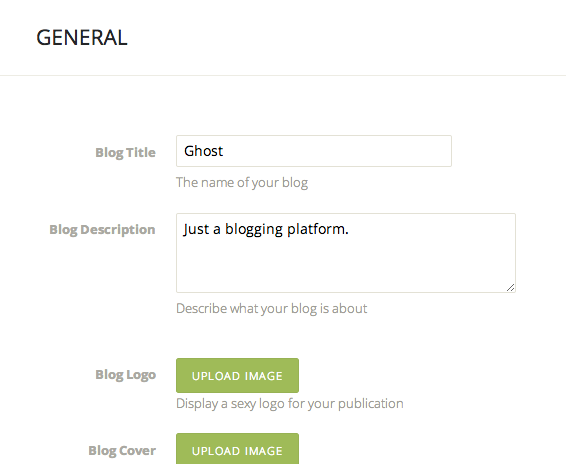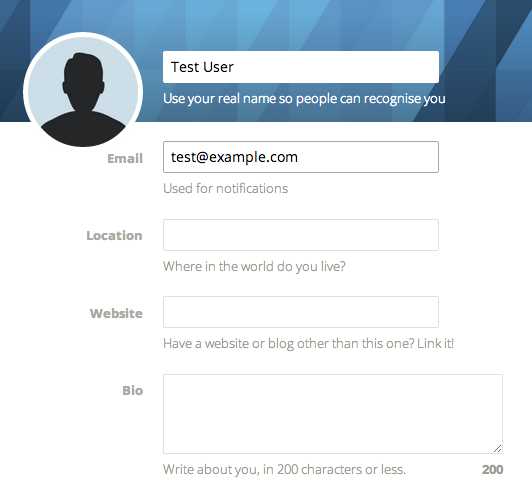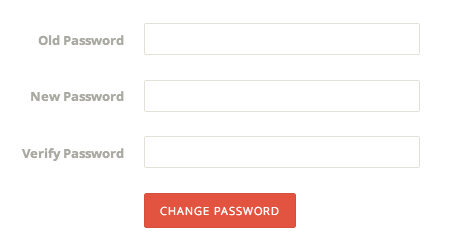| Home » Categories » Multiple Categories |
How To Change Themes and Adjust Settings in Ghost |
|
Article Number: 179 | Rating: Unrated | Last Updated: Tue, Sep 23, 2025 at 11:33 PM
|
Ghost is a great new blogging platform that focuses on content creation and presentation over the superfluous bells and whistles that dominate other platforms. It provides a clean, easy-to-use interface and can produce very polished results. How To Change Ghost ThemesThe main aesthetic adjustment that you can make to your blog is the theme. A theme controls how all of the pieces are presented visually and how the elements are drawn together. There are a number of different themes you can get for Ghost. Some are free and some you must purchase. We will apply one of the free themes from the Ghost Marketplace called "N'Coded". You can see this theme by visiting: Click on the "N'Coded" theme to be taken to the theme's GitHub page. Log into your Ghost and navigate to the Ghost themes directory: We will use git to install the theme into this directory. Install git if it is not already present in the system: Now, we can clone the project from the GitHub page: Change ownership of the files to the Ghost user and group: Restart Ghost to allow it to see the new theme folder: Open your web browser and navigate to the general settings page: your_domain_name/ghost/settings/general Scroll down to the bottom and you will see a "Theme" area. Change the theme to "N-Coded":
Click the "Save" button in the upper right corner. Navigate to your blog to see the new theme:
How To Change Ghost SettingsYou can change most of your blog's settings by navigating to the "settings" page of your blog: your_domain_name/ghost/settings You will be taken to the general settings page:
Here, you can adjust items like the title and description of your blog, and update the logo and cover images. To change details for your user, click on the "User" tab on the left-hand side:
Here, you can adjust settings for your profile. These details include your user name and email, as well as a short biography and a link to a personal external site. If you scroll to the bottom of the page, you can change your personal password by typing in your current password and supplying/confirming a replacement:
ConclusionGhost helps you stay focused on your content by removing the distractions present in other blogging platforms. You should now be able to start generating content and adjust themes and the most common settings. Explore the interface and practice using the system to manage your ideas. Publish some posts and create some drafts without publishing to see how Ghost organizes those pieces. The more you play around, the more comfortable you will be using the platform on a daily basis. |
Attachments

There are no attachments for this article.
|
How To Create Nagios Plugins With PHP On CentOS 6
Viewed 7472 times since Sat, Jan 4, 2014
How To Set Up vsftpd on Ubuntu 12.04
Viewed 2556 times since Thu, Dec 26, 2013
How To Create Nagios Plugins With PHP On Ubuntu 12.10
Viewed 2718 times since Sat, Jan 4, 2014
How To Create Nagios Plugins With Bash On Ubuntu 12.10
Viewed 2458 times since Sat, Jan 4, 2014
How To Create Nagios Plugins With Python On Ubuntu 12.10
Viewed 7067 times since Sat, Jan 4, 2014
Installing and Using the Vim Text Editor on a Cloud Server
Viewed 2950 times since Fri, Dec 27, 2013
How To Install Nagios On CentOS 6
Viewed 3700 times since Sat, Jan 4, 2014
How To Create Nagios Plugins With Bash On CentOS 6
Viewed 3860 times since Sat, Jan 4, 2014
What is FTP and How Is It Used?
Viewed 2780 times since Fri, Dec 27, 2013
How To Create Nagios Plugins With Ruby On CentOS 6
Viewed 3230 times since Sat, Jan 4, 2014
|
 Subscribe to Article
Subscribe to Article Print Article
Print Article-
 Email Article to Friend
Email Article to Friend
 Export to PDF
Export to PDF Export to MS Word
Export to MS Word Tweet This Article
Tweet This Article Digg It
Digg It Stumble Upon
Stumble Upon Del.icio.us
Del.icio.us





